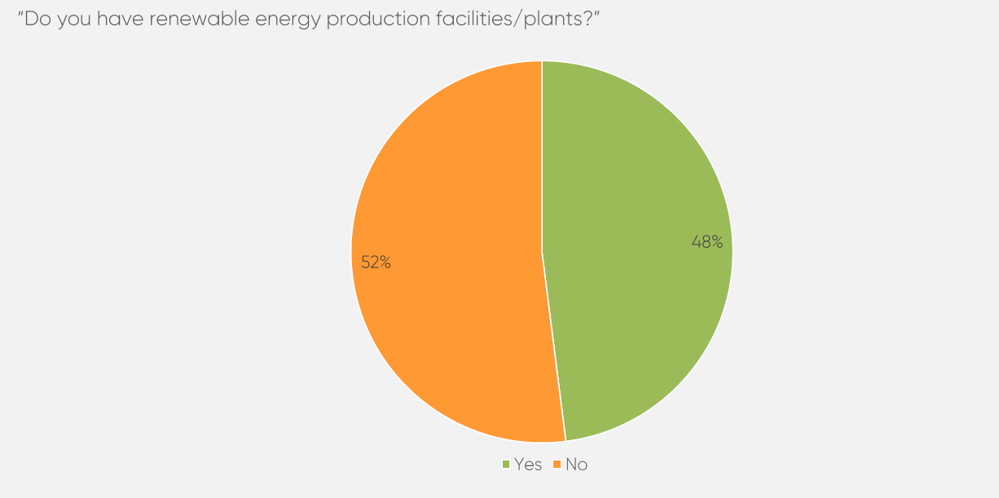The finance sector can drive value by adopting sustainable finance practices, such as by integrating environmental, social, and governance (ESG) factors into investment and financial decision-making. This involves supporting credit policies and commercial strategies that align with ESG principles. Sustainable finance can enhance long-term profitability and resilience, promoting climate risk mitigation, developing green products such as green bonds or sustainability-linked loans, and supporting local communities by financing projects in affordable housing, healthcare, and education.
Financial institutions can also drive innovation and meet the growing consumers’ demand for sustainable products. Today younger generations are increasingly mindful of their impact and taking steps to reduce it. In tandem, there is a rising expectation for businesses, particularly financial institutions, to address environmental issues while maintaining strong ethical standards in their operations.
The latest CRIF’s Banking on Banks Report 2024 reveals that nearly six in ten (59%) consumers are more likely to choose a financial provider that acts as a positive force in society. This sentiment is particularly pronounced in Italy (70%), followed by France (65%) and the US (63%). Additionally, over a quarter (28%) of consumers expect their financial institutions to behave responsibly and ethically, with this expectation rising to 43% among US respondents.











